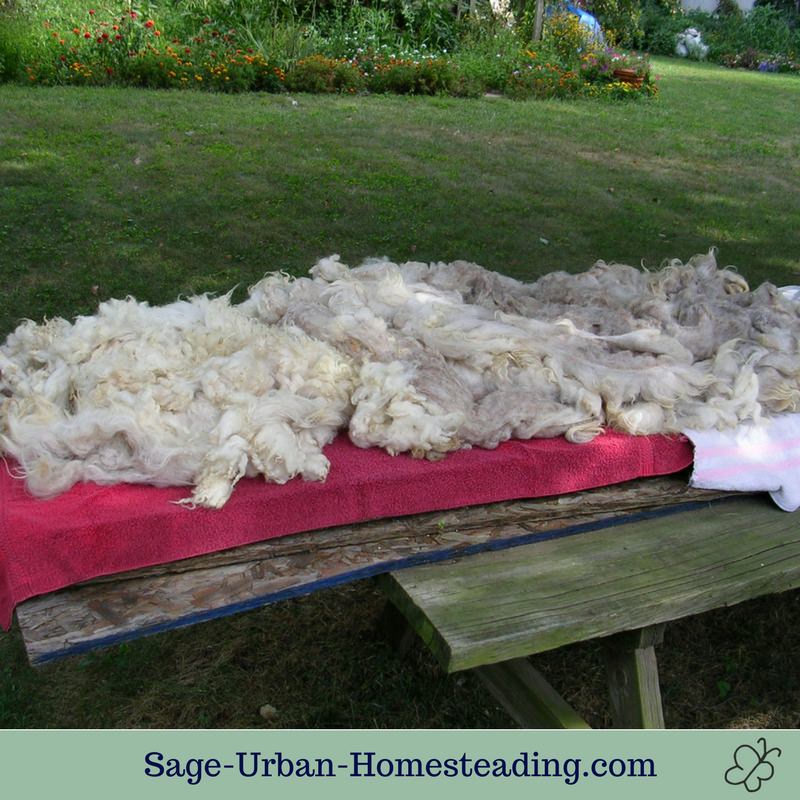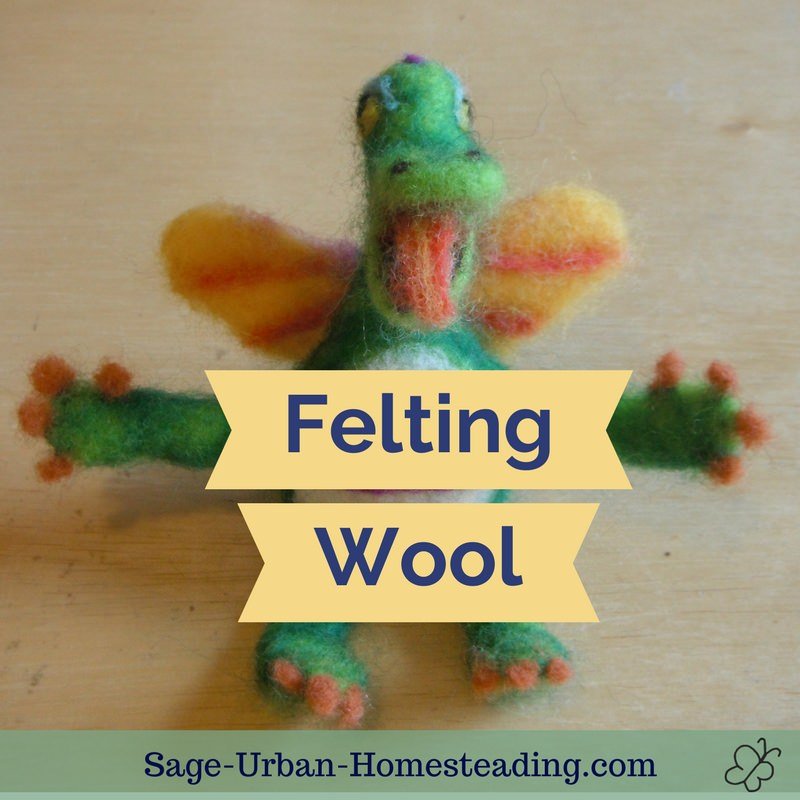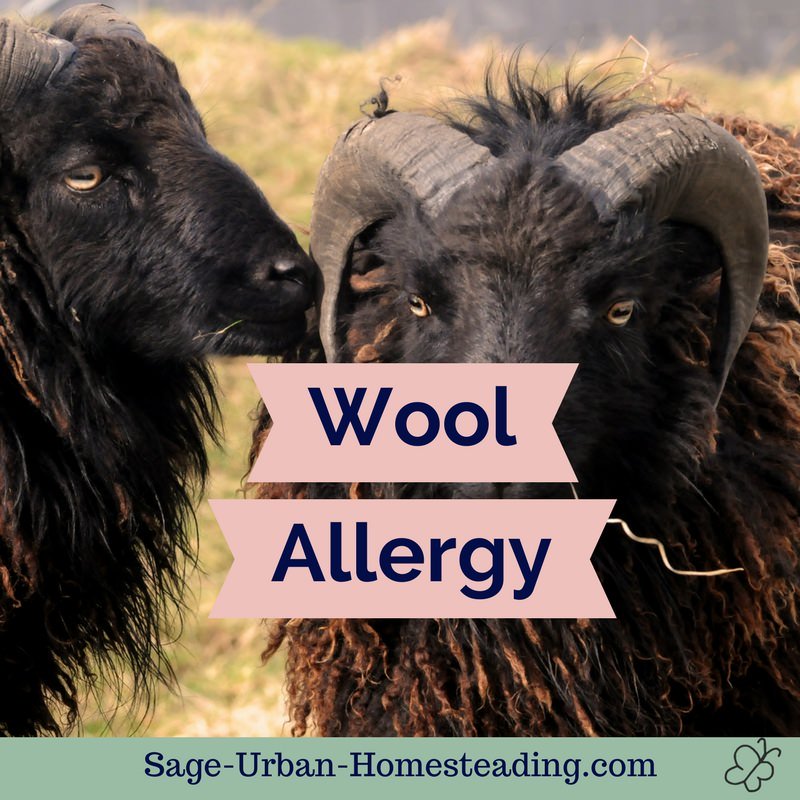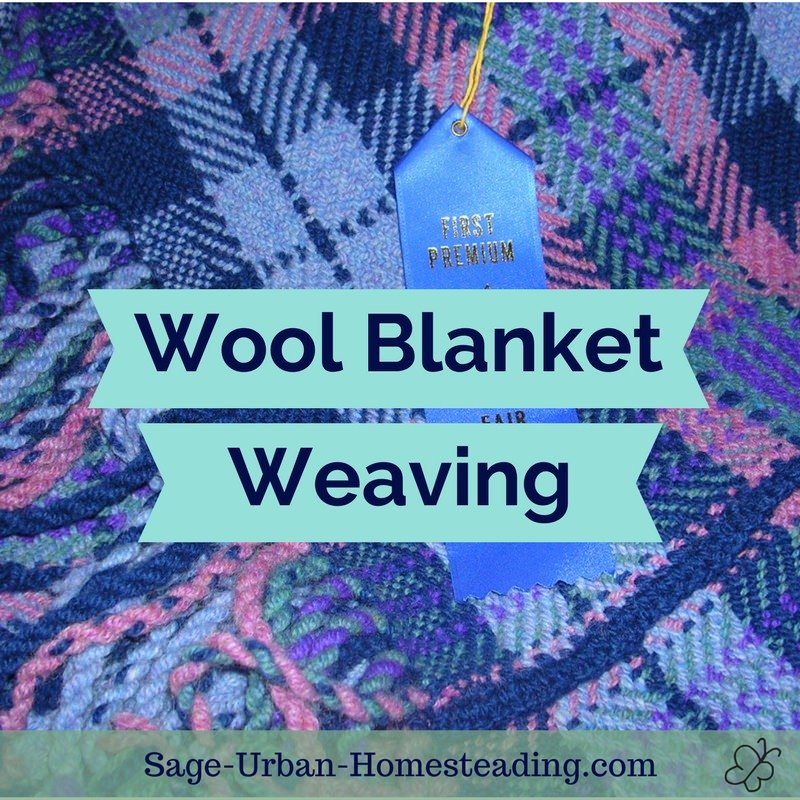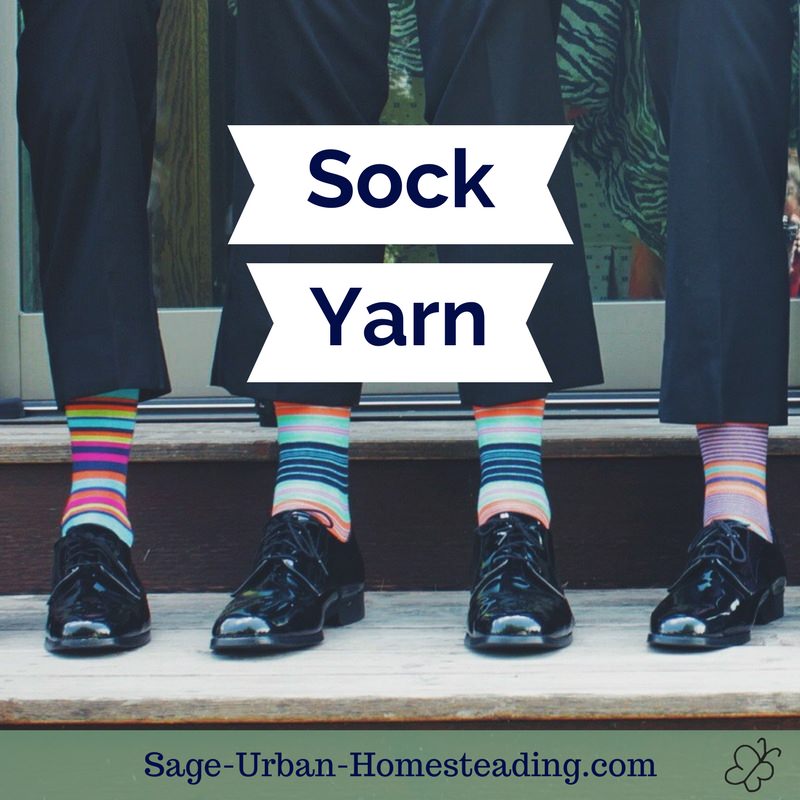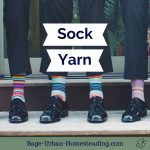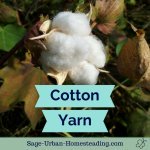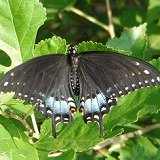FYI: I earn a small commission from some links and advertisements.
Wool Fiber
I did not appreciate how many different types of wool fiber there are until I first attended the Sheep and Wool Festival. Different types of wool come from different breeds of sheep. Each breed is rated by fiber length, luster, and crimp.
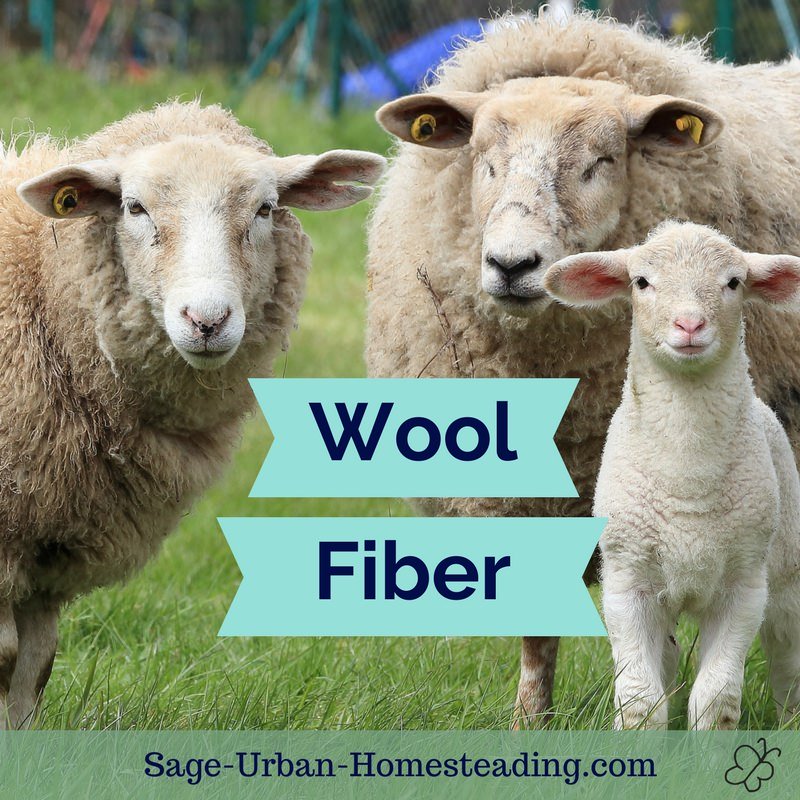
There are many breeds of sheep adapted for a variety of climates all over the world. You can choose which breed of wool to use for a project based on what you want to make. Use a course wool for rugs, or a soft and fine wool for baby clothes.
Merino is known for being the finest fine wool. It's very soft but not as durable as other wools, and it contains a lot of lanolin. It can felt easily, so do not wash a whole Merino fleece at once; do it in small bundles.
Properties of Wool
Wool consists of keratin protein and comes with a staple length of 2 to 15 inches depending on the breed of sheep.
It has a unique elastic property that a dry fiber can be stretched up to another third of its length and still return to the original size. Wool fiber can felt unless it's superwash wool. The elastic and felting properties are difficult to substitute if you have a wool allergy.
Wool also traps air so it stays warm even when wet, making it an excellent insulator for cold weather clothing or hydrotherapy techniques. It absorbs up to one third of its weight in water without feeling damp!
It's flame resistant so it will not spread flames nor will they continue to burn once the flame removed. Burning wool does not melt and stick to the skin like some synthetic fibers.
Most bedding and children's clothing is treated with chemical flame retardants, but if you are sensitive like I am, wool is a safe alternative. It also does not support dust mites, bacteria, or mold.
Wool Fiber Production
The frequency of sheep shearing varies with the breed. Sheep can be sheared by hand or electric shears. The process does not hurt the sheep. Yes, they might have some minor cuts, but cuts from shaving are not serious and easily treated.
Sheep will actually die if they are not sheared. The wool will become so matted and felted that they won't be able to stand up, and they will die. As a domesticated animal, they need people to take care of them and help trim their wool.
What to Do with a Raw Fleece
If you end up with a raw fleece of shorn wool, you will need to remove the "tags" and other debris. Trim off the bad spots and shake out what dirt you can while keeping it all in one piece.
It should then be washed to remove the lanolin unless you want to spin in the grease, such as in a sheep to shawl contest (I highly recommend you see one of those at a festival if you ever get a chance!).
How to Wash Wool
You do have to be careful about washing wool. Do not squeeze, rub, or agitate it unless you want it to felt and shrink such as when doing needlefelting. Bleach will dissolve wool.
I wash a fleece by drawing two tubs of lukewarm water at the same time. One tub gets the soap and the other is the rinse water. By drawing them at the same time, I know that there won't be a temperature shock when I switch tubs. Wool fiber can be boiled for dyeing, but the temperature must be changed gradually or it will felt.
I also like to use soap with a lavender scent, and I keep dried lavender around my stored wool. It's the natural and safe alternative to mothballs. Moths prefer to eat wool that is dirty or contains deodorant and sweat.
Superwash Wool
Did you know that there is a type of machine washable wool? It's called superwash wool.
Properties of Superwash Wool
Normal wool fiber requires special care when washing, but superwash has been treated so that it will not felt or shrink. You can even machine wash it on the gentle cycle! It should still be air dried.
Superwash Wool Production
This special type of wool does not grow on superwash sheep! It comes from the wool of regular sheep that has undergone the special treatment process.
There are two methods for treating the wool:
- Using an acid bath that removes the scales from the wool fiber
- Coating the fiber with a polymer that seals the scales
The coated type of fiber produces a wool yarn that feels more slippery on needles and hooks.
